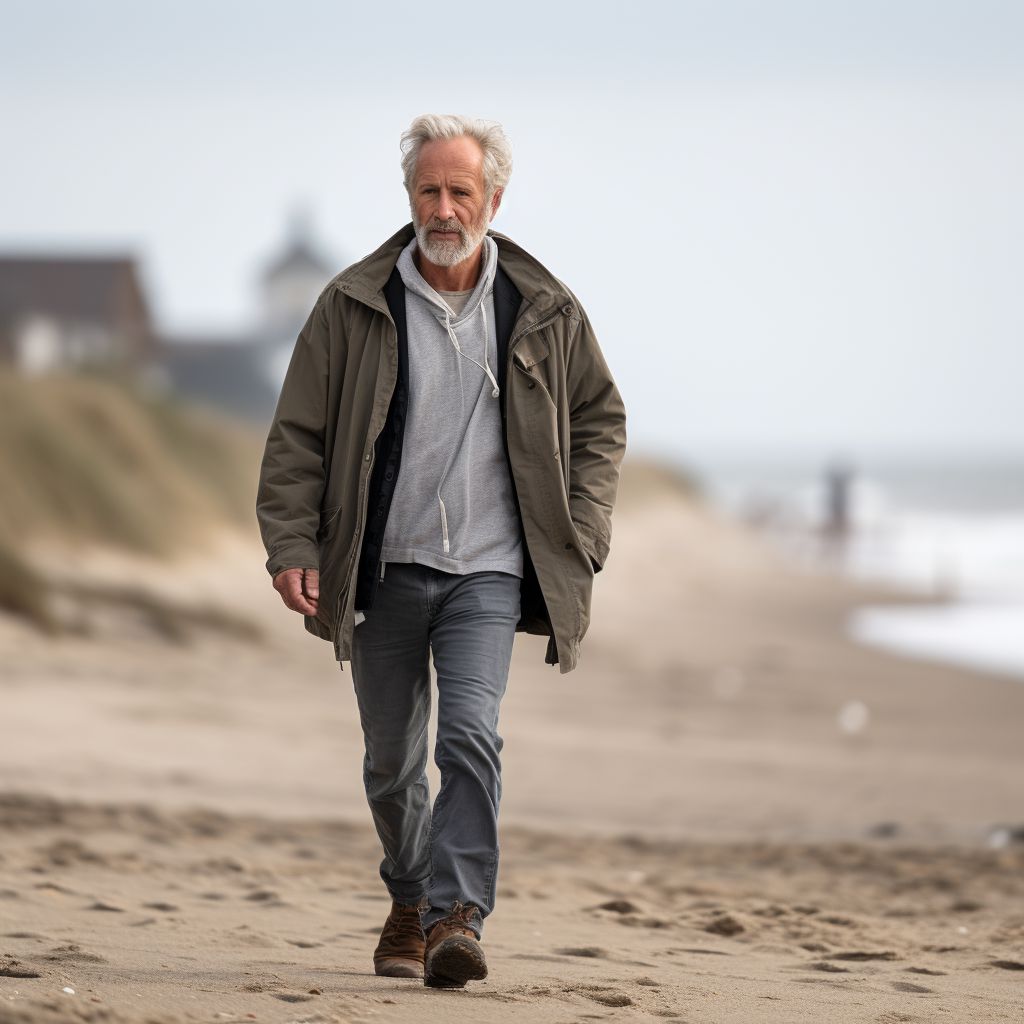If you’ve ever experienced sudden, intense pain in your big toe, you may have encountered something more troubling than an awkward sleeping position – you could be experiencing gout symptoms. It’s time to explore the world of gout, a type of arthritis that can wreak havoc on the joints. With the right knowledge, you can recognize the signs and take control.
What Is Gout?
Gout is a type of arthritis that often strikes without warning, especially in the big toe. It’s like that unexpected neighbor who drops by unannounced – except it’s a lot less pleasant.
The culprit behind gout is an overabundance of uric acid in the blood (1). When these crystals form around joints, they cause intense pain, swelling, redness, and warmth. Common targets include the big toe, ankles, knees, and hands.
Symptoms of Gout: Know The Signs
- Sudden and Severe Joint Pain: Often causing someone to wake up in the middle of the night, gout might make the affected joint feel like it’s on fire. When experiencing a gout flare-up, even the feel of a bed sheet against the joint can be extremely painful.
- Redness and Swelling: The affected area may appear red and feel tender to the touch.
- Limited Range of Motion: The joint may become stiff and difficult to move.
If these symptoms are making an uninvited appearance in your life, it might be time to talk with your healthcare advisor about the possibility that you have gout.
>>>Discover how Approved Science® Uric Acid Flush can help kick out gout!
Gout Risk Factors And Prevention
Understanding your personal risk factors and adopting a lifestyle that aligns with gout prevention can make a significant difference in managing gout symptoms. Here’s what you need to know:
- Diet and Eating Wisely: Consuming purine-rich foods like red meat and organ meats can increase uric acid levels (2). Focus on a balanced diet with fewer purines and enjoy gout-friendly foods like cherries, coffee, and garlic.
- Medical Conditions and Medications: Kidney disease, certain medications, and genetics can contribute to gout (3). Talk to your doctor to discuss your symptom and risk factors in order to receive personalized advice.
- Stay Hydrated and Exercise Regularly: Drinking enough water helps flush out uric acid (4), while regular physical activity supports overall health.
- Consider Supplements: Products like Approved Science® Uric Acid Flush can aid in reducing uric acid levels, relieving pain, and preventing gout flare-ups.

Conclusion
Gout is more than just a painful condition; it’s a complex disorder that requires understanding and attention. From recognizing the symptoms and knowing the risk factors to adopting a gout-friendly lifestyle, every bit of information contributes to better management and prevention. By embracing dietary adjustments, being mindful of triggers, and considering natural supplements like Approved Science®’s Uric Acid Flush, you can take significant strides towards a healthier, gout-free life. Now that you know more about gout, it’s time to take the next steps towards healthier living.
>>> Want to learn more? Read our post about The 4 Stages Of Gout.
Has this post helped you to understand more about gout? Join the conversation by using the hashtag #kickoutgout on Facebook or Instagram and be sure to tag @approved_science.

